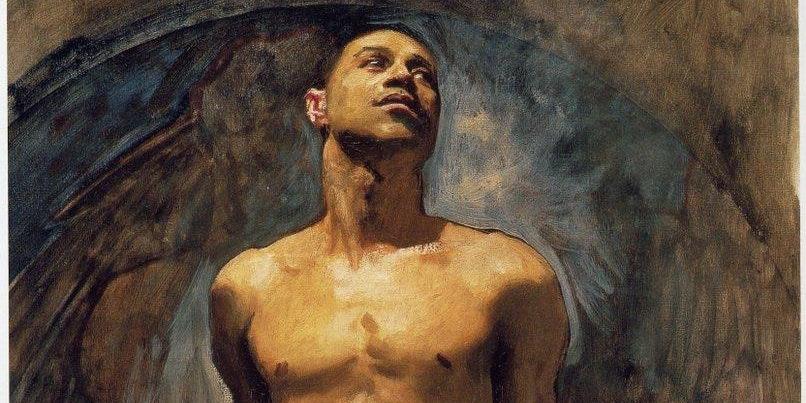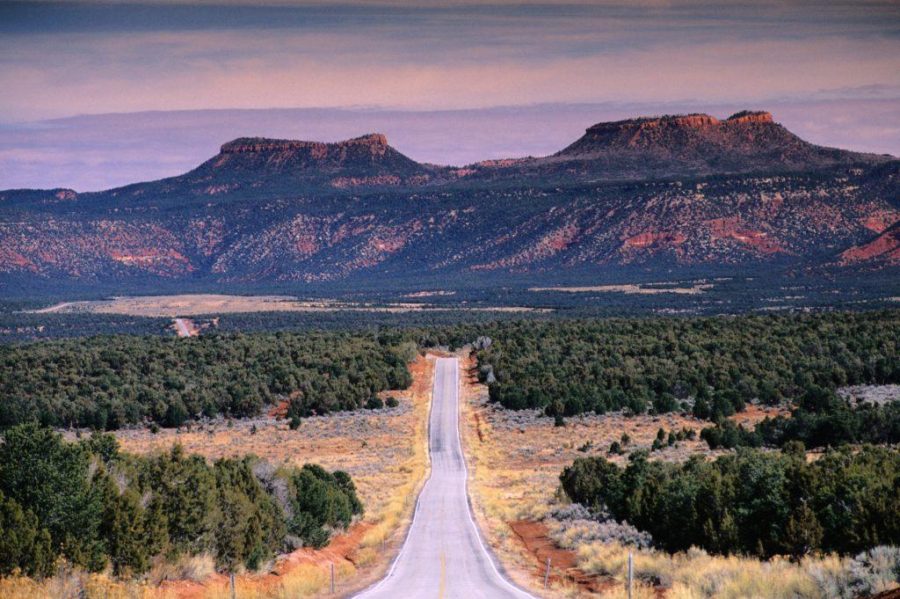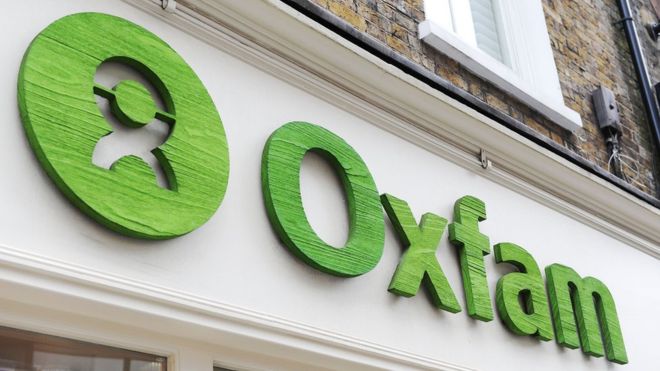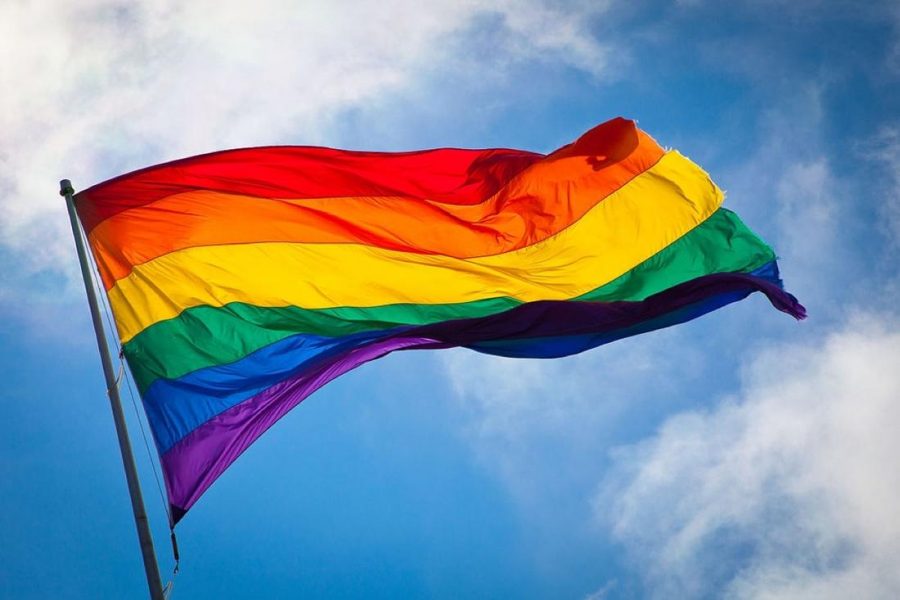By Ariel Kohane
Staff Writer
On October 9th, Hurricane Ophelia hit Ireland and Northern Ireland, making it the easternmost Atlantic hurricane ever recorded. Making the charts as a Category 3 and a post-tropical cyclone (says the Irish Times), Ophelia is the tenth hurricane this season.
Three people died in Ireland by that Monday afternoon, two of them motor-related accidents, and all of them caused by fallen trees. The Guardian reported that at least 360,000 people (7.5 percent of Ireland’s total population) were without power, and about 10 percent of them would be without power for at least a week. 18,000 people in Northern Ireland lost power as well.
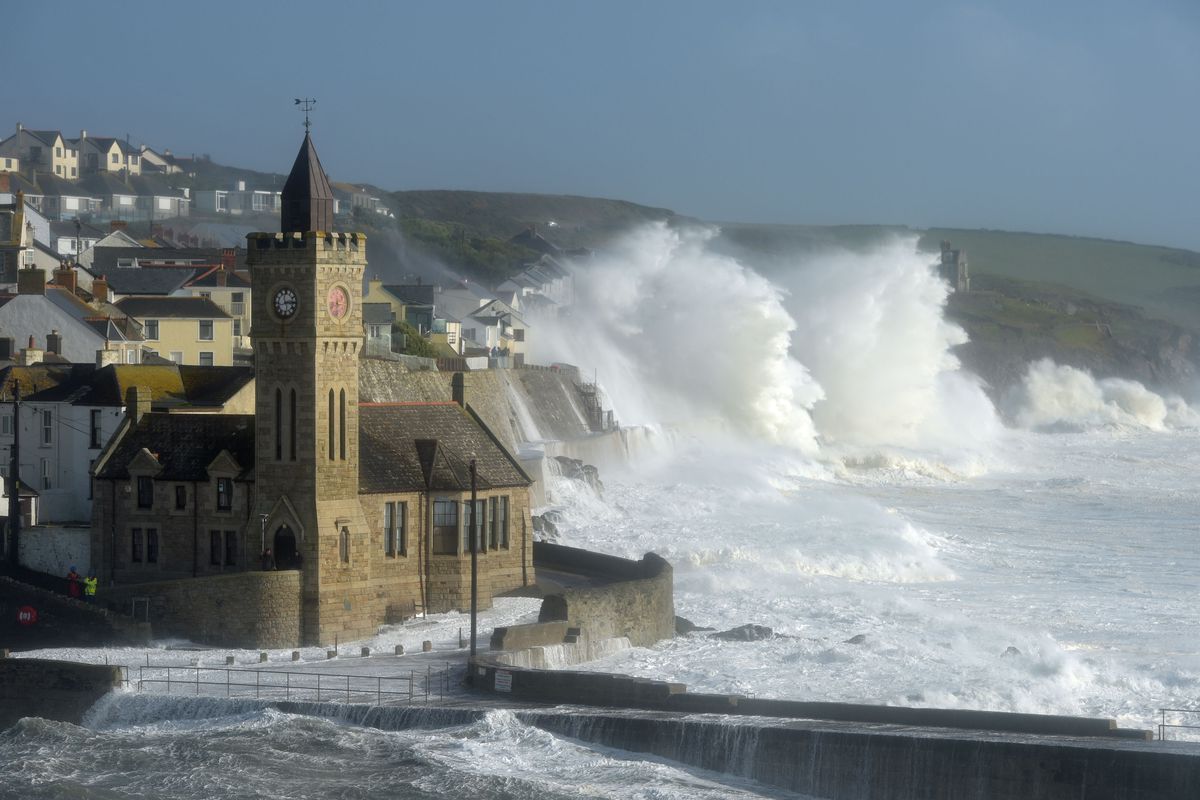
In Cork, the roofs were blown off buildings, including those of a school’s gymnasium and a football club’s stadium. The winds reached a high speed of 118 miles per hour off of the western Irish coast, the highest wind speeds ever recorded in Ireland.
Irish Prime Minister Leo Varadkar tweeted that defense forces would be deployed in “red weather alert” areas, and said that the safety of the people was of the utmost importance, CNBC reported. With wind speeds reaching over 100 miles per hour over land, the public was advised to stay indoors and off the roads. In fact, the winds were so strong that dust from the Sahara was sucked into Ophelia’s vortex, making the sun over Ireland appear red one morning. In Southwest and Northwest England (including parts of Scotland and Wales), flood and weather alerts were put in place because of potentially falling debris and power outages. Fifty flights from Manchester airport to Ireland were cancelled.
On Tuesday, October 11th, officials deemed that the damage dealt to the Republic of Ireland was so severe that schools across the nation were ordered to remain closed in order to “avoid any potential risk to life for children and staff,” according to the Guardian. The severe winds uprooted trees, caused structural damage, and damaged electric networks.
Many people are surprised that Ireland had been affected by hurricane season due to its distance from the U.S. The Irish Times reported that only fifteen tropical storms and hurricanes have passed over the Azores in Portugal since 1851 (which is when hurricanes started being monitored). Not only were the Republic of Ireland and Northern Ireland unprepared to withstand such intense weather, but they were also not expecting such a devastating storm to form so far east.
President of Ireland Michael D. Higgins said, “I have no doubt that when the full assessment of the impact of Hurricane Ophelia is available, the finer characteristics of the Irish people in responding to difficulties will emerge, and that those who work in public service will produce the extraordinary response for which they have such a great reputation.”
With global ocean temperatures rising, more hurricanes may soon be hitting countries along the Eastern Atlantic more frequently.



